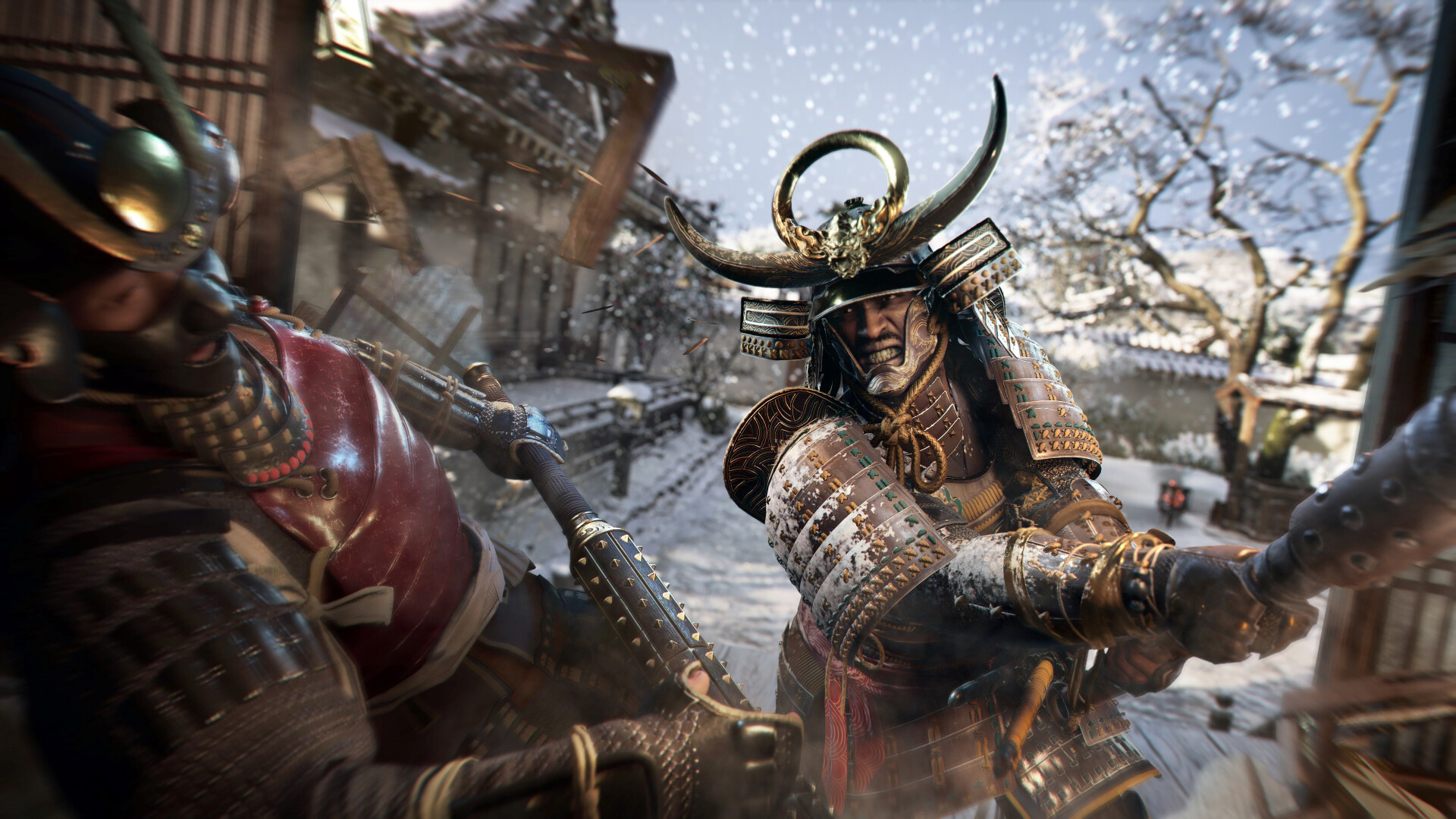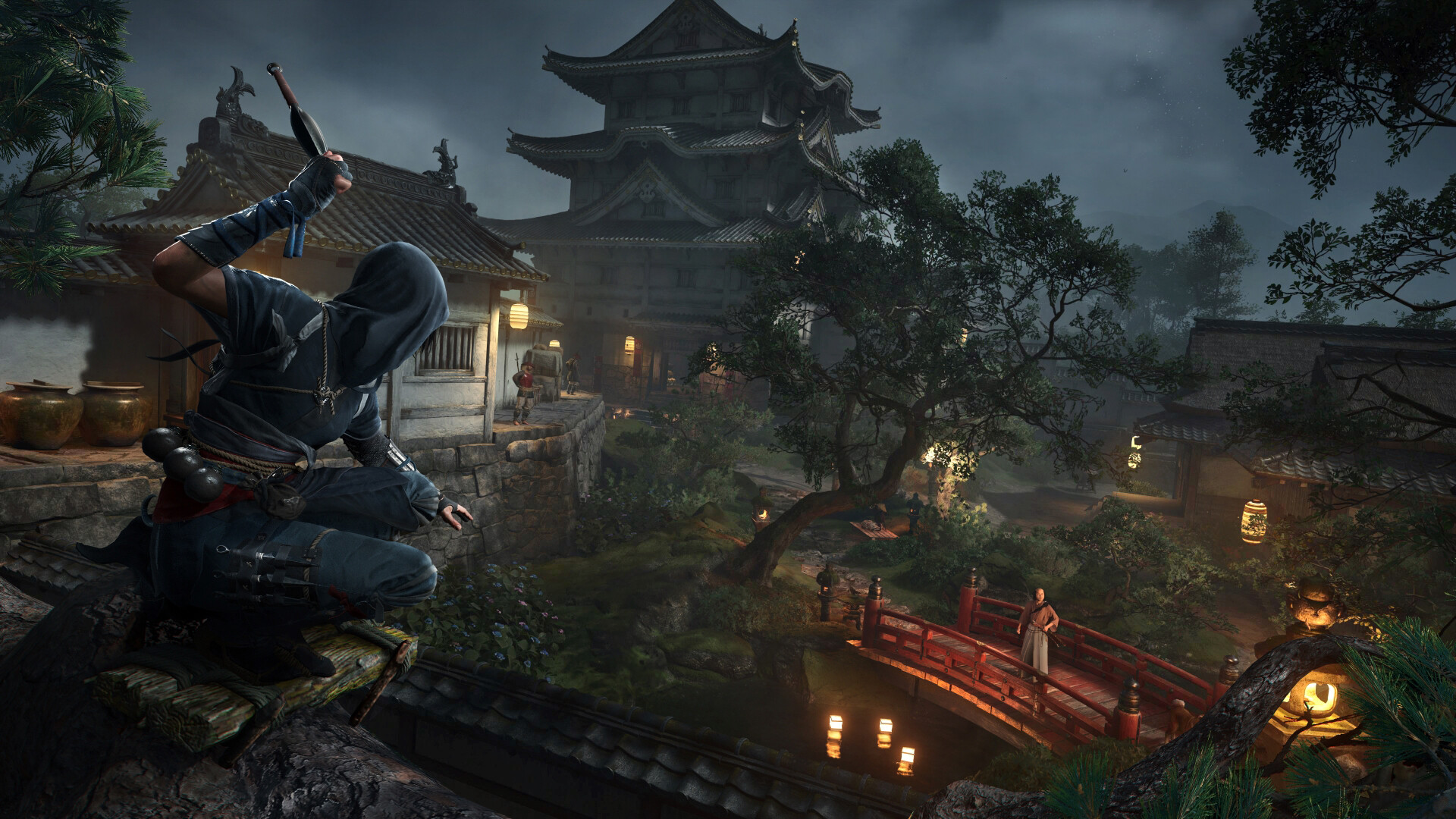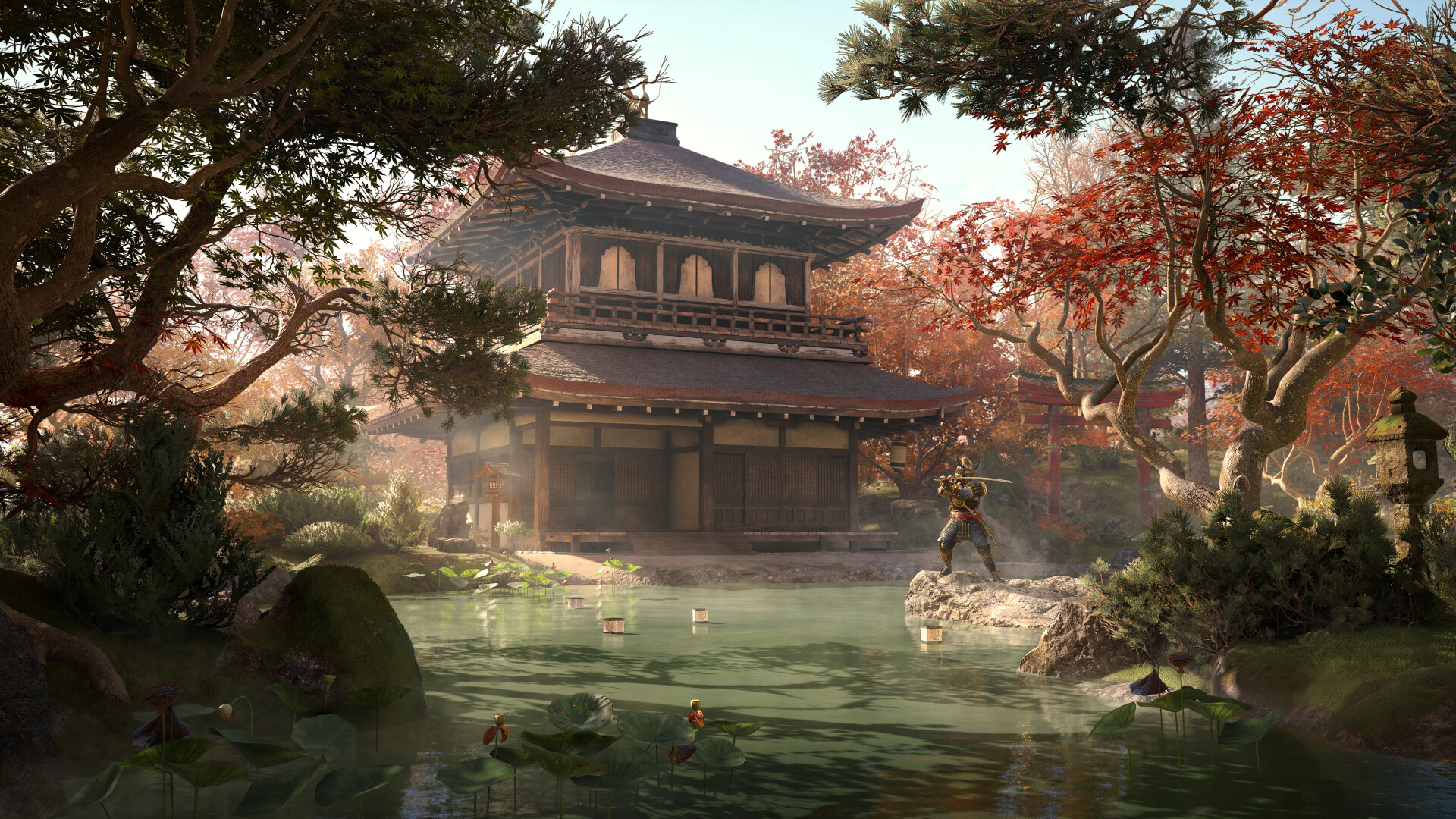
Assassin’s Creed Shadows review: a brilliant return to form
Turns out it’s not just a name - staying in the dark matters a lot in Ubi’s latest blockbuster open world
Ask people who’ve been playing the new AssCreed about their favourite moments in it, and you’ll almost certainly hear a lot of positives. This is the most enjoyable and innovative the series has been for years, but here’s the thing: the conversation will almost certainly veer towards gear. Clearing out a castle and picking up a legendary Tanto. Going back to a previously rock-hard enemy encampment with an epic katana and turning them into strawberry jam.
It’s very unlikely they’ll tell you about their favourite narrative moments, because Assassin’s Creed Shadows just doesn’t seem as interested in spinning you a yarn as its forefathers were. In many ways it feels comfortingly familiar to a series veteran: massive, intimidating world map, two swappable protagonists, one male and one female, craftable materials absolutely everywhere, climbing up big towers and squatting uncomfortably at the top of them. It’s all here. But those familiar trappings belie some dramatic changes to both stealth and structure.
In case you didn’t catch the trailers (and inevitable accompanying backlash, more on that shortly), this one’s set in feudal Japan. A time and place the community’s been asking for since the series began, more or less. You have a pair of protagonists at your disposal, who can be swapped at will once you complete the opening few hours. Naoe is a lithe and stealthy shinobi assassin who uses the environment to her advantage and takes her opponents down silently in the eponymous Shadows. Yasuke, on the other hand, is a legendary samurai warrior who basically turns up and batters everyone.
This game is great - truly great - at both. Its stealth system has evolved to incorporate light levels (shout out to Thief: The Dark Project, pioneer of this type of stealth, which we mentioned in the best shadows feature while stalling for time on this review) which means you’re not just robotically moving between cover but reading your environment in a new way. Fights are balletic and flowing, featuring light and heavy attacks, parries and blocks. Every hit lands with real weight, and the spectacle’s ramped up by a high degree of destructible scenery.
So we should be onto a winner if we’re playing a game whose two playable characters excel at each discipline. Certainly you’re encouraged - strong armed, even - into rethinking your play style when you swap between Naoe and Yasuke, since Naoe doesn’t have a block in combat and Yasuke’s too bulky for certain traversal options, and that keeps the action fresher than if you were marauding through the game with one all-powerful hero.
So, mechanically at least, that double-header of assassins works. Narratively they’re not supported as well, and that seems less like a mis-step from developer Ubisoft Quebec than a deliberate shift away from cinematic plotting. There is some exposition to establish Naoe’s character and motivations in the opening hours - family killed, home trashed by masked baddies, thus wants revenge - but it’s less clear what’s driving Yasuke. The quests aren’t of the touchy-feely, talk your way out of the fight variety as we’ve seen in the likes of Kingdom Come: Deliverance II and Avowed lately, either. The focus is always on killing the enemies and getting the gear, rather than the context of those actions. Who’s involved, why these people need to die, what life is like in the village you’re currently looting.
And that, above all else, is what gives Assassin’s Creed Shadows that all-too-familiar ‘a mile wide, and an inch deep’ trait that so many modern open worlds fall foul of. Not so much that the whole experience feels unengaging, you understand. It’s just that if you were looking forward to immersing yourself in medieval Japan, you might be faintly disconcerted to be spending more time thinking about loot rarity than the struggles of nearby townsfolk.
That said, it’s a gorgeous world map. Not only is there a day-night cycle, which takes on newfound significance with the light-based stealth system, there’s also a seasonal cycle which makes subtle changes to your environments. Castle moats freeze over to allow easier entry, and flora blooms, bursts and wilts through the seasons, creating changing spots to take refuge in foliage cover. Most importantly, it makes your surroundings look really rather pretty.
A quick word on the aforementioned backlash. Some voiced their displeasure at seeing a black character as a samurai, citing historical accuracy concerns. Ubisoft responded with evidence that Yasuke is in fact a real historical figure, a black former African slave who served the ‘great unifier of Japan’ Oda Nobunaga. We mention it because it feels like a lot of energy went into Yasuke’s research and pre-production, only for his story to feel oddly under-told in the end product. It’s a bit of a missed opportunity.
Is it any good, then? Yes. Yes it is. But making a game this vast in scope, systemically, narratively, and in sheer production values, you open yourself up to critique of many component parts. It doesn’t stick every landing, but the fundamentals that built this series are as good as they’ve been for years. Fluid fights, deep stealth, gorgeously realised scenery that changes with the seasons, a strong sense of progression thanks to its loot and crafting systems - these are essential traits for a great AC.
Top Gear
Newsletter
Thank you for subscribing to our newsletter. Look out for your regular round-up of news, reviews and offers in your inbox.
Get all the latest news, reviews and exclusives, direct to your inbox.
But there’s also a lot of space among its meadows, mountains, the fishing villages and castle strongholds, the cherry blossoms and the forests. Space to contemplate the ‘what if’s.
Trending this week
- Car Review
BMW iX3










